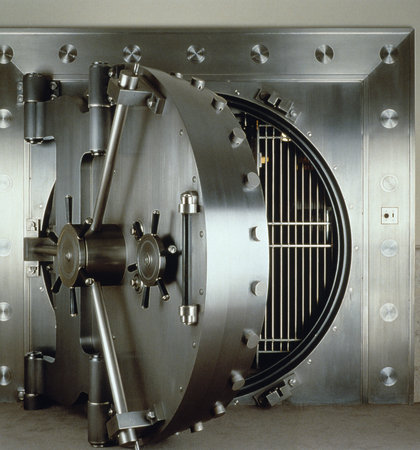I really like this quote from the NY Fed:
“Most commonly used measures of the broad money supply include both currency and certain types of bank deposits, which in effect represent money created by banks when they make loans, but not reserves. These broad money measures tend to be more directly relevant for economic activity and inflation.” (emphasis added)
Almost everything we’ve all learned about money and economics is built around the government or its agents (primarily the Fed). We are all taught through popular mythology that the government has a “printing press”, that the Fed creates all the money or that the government creates all the money. Most economic models are designed around this thinking. Monetarists build their theories around the idea that the Fed controls the money supply. Keynesians say the government can control the money supply through various countercyclical policies. The quantity theory of money still dominates economic models. And the money multiplier runs rampant implying some direct connection between banks and the government. In essence, we always come back to one form of money that supposedly “rules the monetary roost” – high powered money or what MR would call “outside money” – money created by the government outside the private sector.
We’ve all been led to believe that this is the form of money that matters most because it is the form of money that is used in policy to steer the economy in some way. This ties nicely into my recent commentary on economic ideology and how policy perversion results in policymakers and economists assuming that they can steer the economy and the money supply through their various “solutions” to problems. The only problem is that this is all entirely backwards.
As the NY Fed states, the money that matters most does not come from outside the private sector. It comes from inside the private sector. Banks rule the monetary roost. Government money is nothing but a facilitating feature. It is a support structure designed to influence and support the use of bank issued money. We’ve all been lied to.
See the MR primer here for the way the system and its institutions are actually designed….
Mr. Roche is the Founder and Chief Investment Officer of Discipline Funds.Discipline Funds is a low fee financial advisory firm with a focus on helping people be more disciplined with their finances.
He is also the author of Pragmatic Capitalism: What Every Investor Needs to Understand About Money and Finance, Understanding the Modern Monetary System and Understanding Modern Portfolio Construction.


Comments are closed.